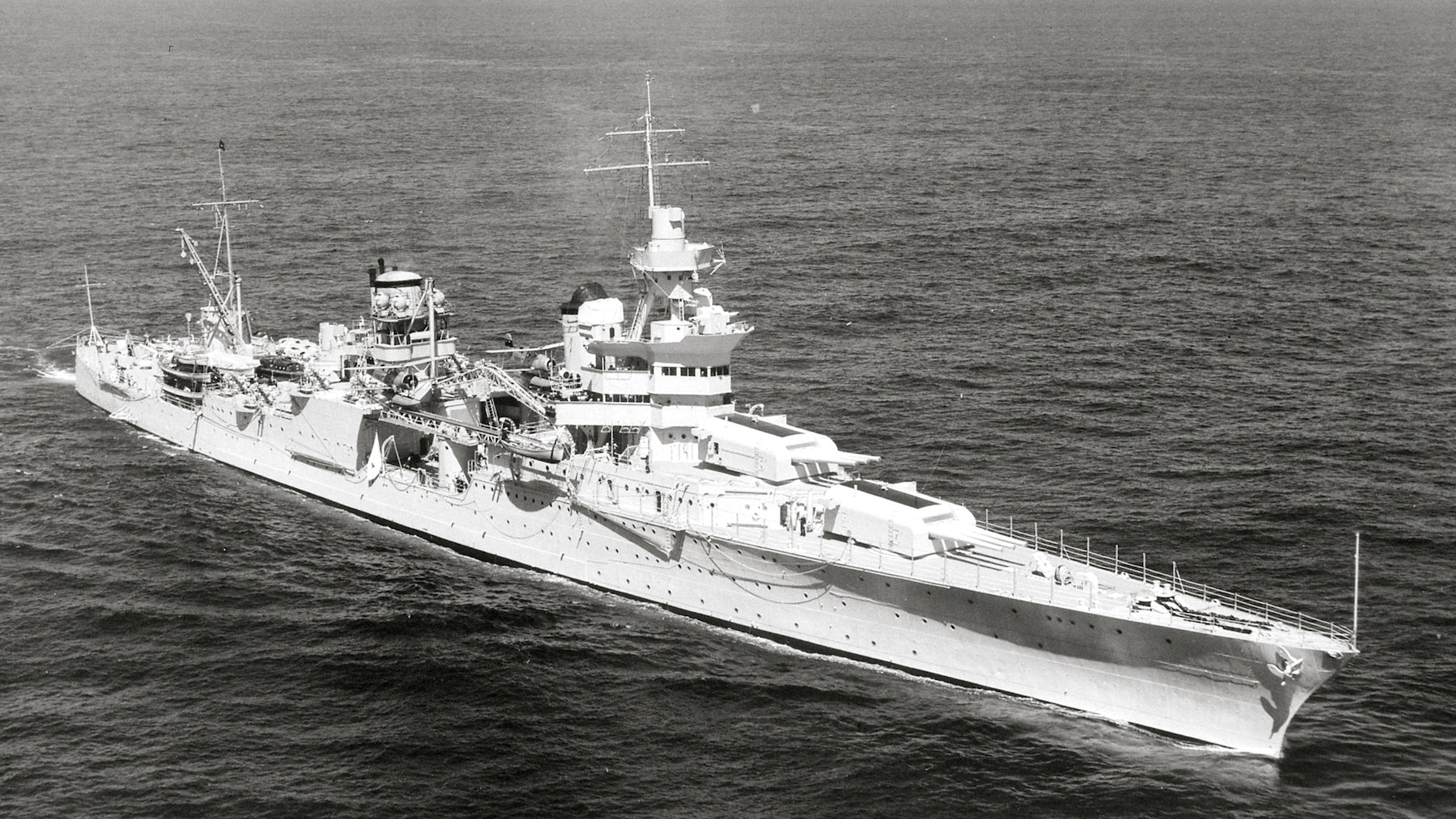
Valley of the Shadow: An Account of American POWs of the Japanese (Book Notes)
Valley of the Shadow: An Account of American POWs of the Japanese is a World War II memoir by Colonel Nicoll F. Galbraith, GSC, U.S. Army. He was General Jonathan M. Wainwright’s G-4, Logistics, staff officer, who survived the capture of Corregidor with Wainwright and other senior Allied officers, and endured three-and-a-half years as a Japanese POW (the same Prisoner of War camps as Generals Wainwright and Percival).
The Flags of My Father
It can often take a long time, often too long, for a son to recognize the value of his father, in his own life and that of the society he defended. The experience of my father, Col Nicoll F. “Nick” Galbraith, GSC, US Army, has come to me in magnificent proportion with the publication of Valley of the Shadow: An Account of American POWs of the Japanese.
This experience was triggered, now seemingly long ago, by the ambitious year-long exposition of our Pioneers Museum in Colorado Springs in 2010, titled "So Far From Home: The American POW Experience in World War II", the entire Japanese half of which was my father’s wartime archive, from the surrender of Corregidor in May of 1942 and continuing through the three-and-a-half years of infliction as a “guest of the emperor.”
As our Galbraith family amalgamated our father’s extensive POW archive, including Gen. Jonathan M. Wainwright’s original Corregidor surrender order, that aged, dusty box containing over 1,000 handwritten flimsies was dragged out from a deep family shelf, and I began to understand, page by page, what we had. The two flags played an integral part in the Corregidor surrender process and an emotional one in August 1945, when the POWs were rescued/released by a six man OSS team and the Russian Red Army, both events being very close calls.
Col. Galbraith treats these experiences thematically, in third-person narrative format, enabling him to offer a psychological, emotional, and moral matrix to help the reader interpret the challenges and personal behaviors of incarcerated American prisoners who suddenly had been deprived of their normal social and physical lives as officers, colleagues, husbands and fathers. Galbraith describes his own and his prison mates’ struggle to maintain their personal dignity and relationships.
- Whitney Galbraith, LCDR, US Naval Reserve, 1959-1964
Get the Book: Digital Book (Apple Books)



























